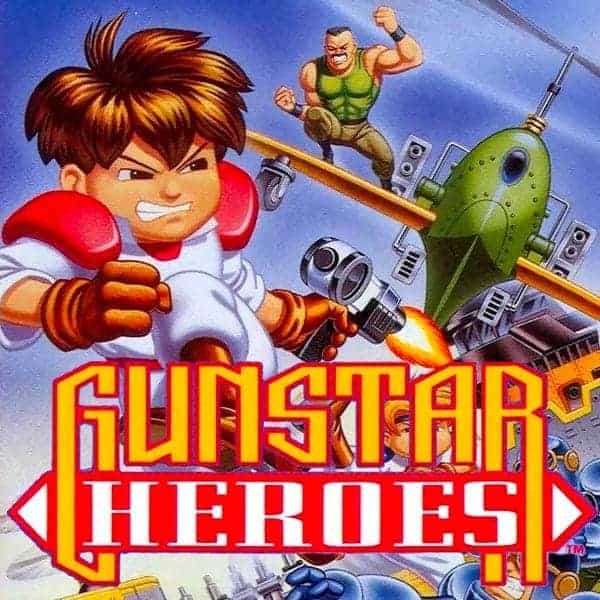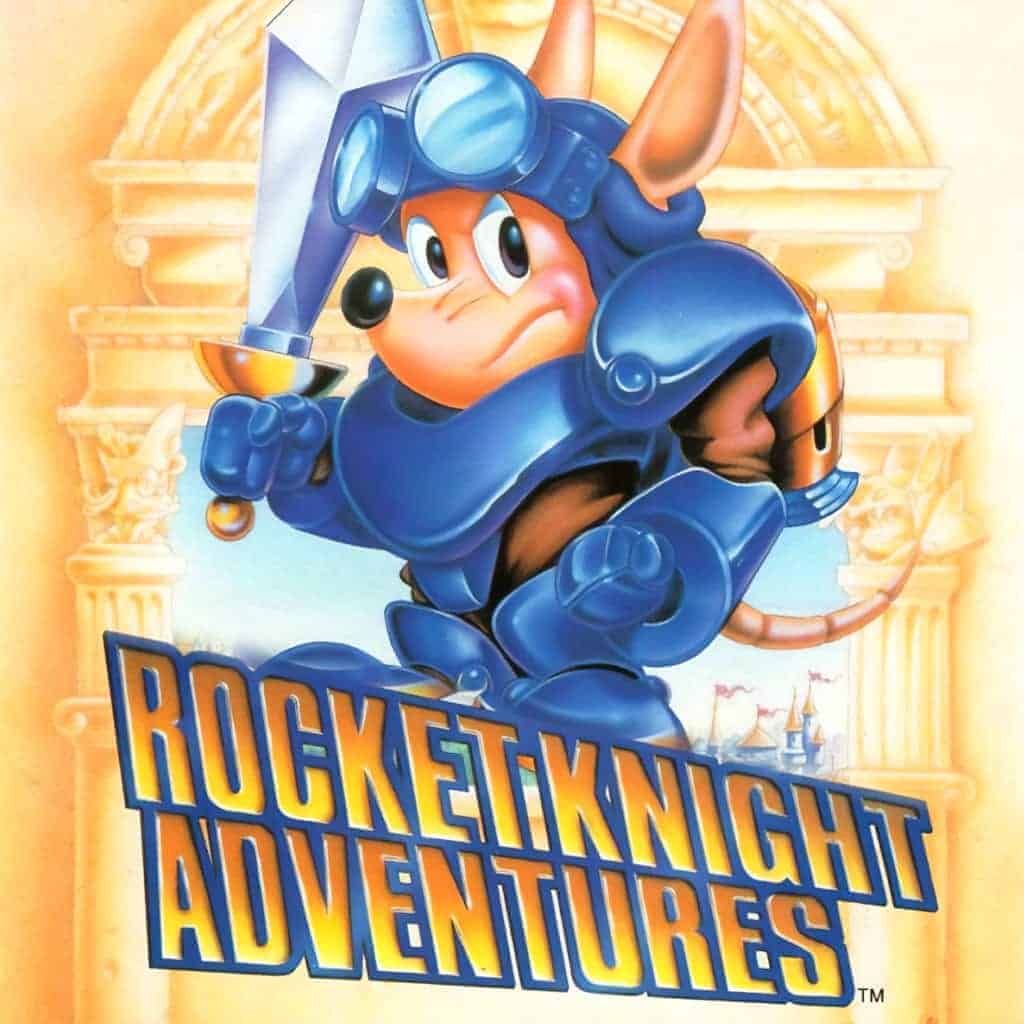To move on from the 8-bit era of video games discussed in my previous article on “hidden gems” for the NES, I’d now like to take a look at similarly overlooked yet impressive titles for Sega’s 16-bit Genesis console (or Mega Drive, as it’s known outside of North America). Initially debuting in Japan near the end of 1988 and given international releases starting in 1989, the console provided many classic games that could use a little more recognition.
10. The Adventures of Batman & Robin (1995)

As I alluded to in yet another article, the unique Genesis version of The Adventures of Batman & Robin, developed by long-defunct American company Clockwork Tortoise, was formatted as a cooperative “run-and-gun” title (much like another game I’ll be discussing below) allowing players to choose between the titular Batman or Robin. While this particular version of the game is admittedly a bit tedious, repetitive, and difficult to play, the graphics are extremely impressive for a Genesis title, including pseudo-3D parallax scrolling, as well as additional scaling and rotation visual effects.
9. Mega Man: The Wily Wars (1994)
Despite having initially very limited access in North America (where it was relegated to a Sega Channel exclusive in lieu of a physical release), 1994’s Mega Man: The Wily Wars was a really nice collection and 16-bit “upgrade” of the three original NES entries, as supplemented by the inclusion of the brand-new Wily Tower levels after clearing the central trilogy. Thankfully, many years later, The Wily Wars was released on the Sega Genesis Mini console and Nintendo Classics service; likewise, North America finally received a physical release of the game via reproduction carts from Retro-Bit.
8. Shining in the Darkness (1991)
Keeping in mind that it’s an often-overlooked title from an also often-overlooked gaming series, Shining in the Darkness from 1991 is the very first entry in the Shining meta-franchise, with most subsequent releases being tactical or “rogue-like” RPGs. However, SitD is presented as a first-person “dungeon crawler” in a then-similar vein to Ultima or Wizardry, and while SitD might seem overly basic (and even archaic), its story and characters are just so enjoyable in a very fairytale-esque way.
7. TMNT: The Hyperstone Heist (1992)

Developed as a sort of “alternate console equivalent” to TMNTIV: Turtles in Time for the SNES, TMNT: The Hyperstone Heist also came out in 1992 to provide Genesis owners with a Ninja Turtles game to call their own. And while The Hyperstone Heist is a bit tedious and repetitive in places, and isn’t nearly as polished as Turtles in Time, it’s still a serviceable beat-’em-up title with unique stages and enemies from the latter – and is recommended to try out on the TMNT: Cowabunga Collection.
6. Castlevania: Bloodlines (1994)
Going from one “alternate console equivalent” Konami game to another, Castlevania: Bloodlines was basically created as a Genesis counterpart to Super Castlevania IV for the SNES – but one presenting a brand-new story set in (at the time) the series’ most “modern” era of 1917. Even though Bloodlines might not reach the heights of SCIV, the former still provides a fun action-platformer featuring two new heroes with unique skillsets (as backed by some then-stunning rotation and reflection effects).
5. Haunting: Starring Polterguy (1993)
Despite the game not necessarily being the most impressive or innovative release on the Genesis, Haunting is still a very entertaining romp that has players fill in as “Polterguy,” the vengeful ghost of a skate punk teenager eager to torment the rich family indirectly responsible for his death. To accomplish this, players will utilize various environmental triggers to manually or automatically scare each family member around their four luxury houses; however, if Polterguy’s “ecto energy” runs out, players will have to traverse “underworld” stages to regain energy lost during hauntings.
4. Gunstar Heroes (1993)

Developed by the highly celebrated – and wildly unique – Japanese company Treasure (a.k.a. the “Studio Gainax” of the gaming industry), 1993’s Gunstar Heroes is the other cooperative “run-and-gun” title that I alluded to earlier, with players choosing between main protagonists Gunstar Red or Blue. Much like Batman & Robin listed above, Gunstar Heroes offered then-impressive graphical flourishes such as gigantic, multilimbed bosses, as well as the similar usage of specialized scrolling, scaling, and rotation effects (but supplemented by comparatively quicker and smoother gameplay).
3. Dynamite Headdy (1994)
Also developed by Treasure, 1994’s Dynamite Headdy is a wonderfully colorful (and utterly bizarre) Genesis title that goes with the background premise that the entire game is just a presentation being put on by various puppet-like “actors” (later adopted by the criminally overlooked Puppeteer released for the PS3 in 2013). Dynamite Headdy‘s unique gameplay involves the switching of the titular character’s head with 17 other ones that grant special abilities; additionally, the Western release of the game was made highly difficult (with notable story and character changes applied).
2. Vectorman & Vectorman 2 (1995, 1996)
I’m “cheating” here again by putting two separate games together since I think they’re both worth discussing: 1995’s Vectorman and 1996’s Vectorman 2 are genuinely well-crafted (and, at the time, very visually stunning) Genesis titles that pushed the console’s limits. Utilizing a similar form of prerendered 3D graphics like in the Donkey Kong Country series, both “run-and-gun” platformers feature the titular Vectorman: an “orbot” – a robot with a body made of numerous, reconfigurable orbs – tasked with fighting rebellious orbots in the first game and mutated arthropods in the second.
1. Rocket Knight Adventures (1993)

Because I haven’t already praised this game enough, Konami’s Rocket Knight Adventures is not only my all-time favorite title for the Sega Genesis but (arguably) is also the console’s crown jewel for its exceedingly fun yet challenging gameplay, then-amazing visual effects, and overarchingly great soundtrack. Again, while falling pretty hard into obscurity after a few not–as–great (but still relatively enjoyable) sequels, the original RKA remains the very best entry in the (admittedly limited) franchise and wouldn’t think twice about seeking out and playing through it on any available gaming platform.
More must-reads:
- Watch: Phillies LF Kyle Schwarber extends impressive streak vs. Guardians
- Rafael Devers shows why Red Sox should consider keeping him at DH
- The 'Most 30-point NBA playoff games before age 22' quiz
Customize Your Newsletter
 +
+
Get the latest news and rumors, customized to your favorite sports and teams. Emailed daily. Always free!








